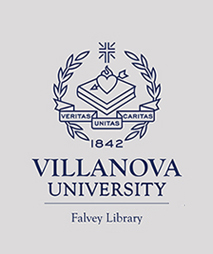The Evolution of Social Constructs A Proposal for the Re-Conceptualization of Sociobiology for Understanding Interdependent Social Networks as Evolving “Organisms” Using Norbert Elias’s, The Court Society
##plugins.themes.bihistory.article.main##
Abstract
Evolution by natural selection applied by sociologists has been met with great resistance since Herbert Spencer (1820-1903), marked by dark notions of power and authority associated with an uncritical and enthusiastic application of natural selection to fashionable notions of race and privilege. E.O. Wilson’s (1929-) Sociobiology (1975) attempted to reignite the possibilities of evolutionary discourse using modern genetics to social systems but was stymied by the racialized legacy and liberal notions of “genetic determinism.” Here, the sociobiological framework is re-imagined by extending it from individual gene mechanisms and behavior, into social figurations of large-scale actor networks. Using the conceptual tools and historical analysis of Norbert Elias’s, The Court Society (1983), detailing Louis XVI’s court and the interdependencies between its members, I will be suggesting that these networks of interdependence composed of individual actors are facilitated and constrained by the processes of natural selection, and therefore can be analyzed as such. The entanglement of dependencies created by actors within a network formulates “massing” points that identify the networks form and function as a “social organism”. The value gained in understanding the organic fluidity of social networks, how they are formed, shaped, evolve, and come into conflict with competing social figurations, may provide a new and naturally derived way of interpreting interdependent social actor networks, and provide greater depth into the conceptualization of human social relations. Finally, such a view of history and sociology would align with the principles of Big History by understanding the human subject as bound to the same processes of development that have been occurring to all forms of matter in the Universe over the last 13.8 billion years.
##plugins.themes.bighistory.article.details##
- Authors retain copyright and grant the journal right of first publication with the work simultaneously licensed under a Creative Commons Attribution License that allows others to share the work with an acknowledgement of the work's authorship and initial publication in this journal.
- Authors are able to enter into separate, additional contractual arrangements for the non-exclusive distribution of the journal's published version of the work (e.g., post it to an institutional repository or publish it in a book), with an acknowledgement of its initial publication in this journal.
- Authors are permitted and encouraged to post their work online (e.g., in institutional repositories or on their website) prior to and during the submission process, as it can lead to productive exchanges, as well as earlier and greater citation of published work (See The Effect of Open Access).



